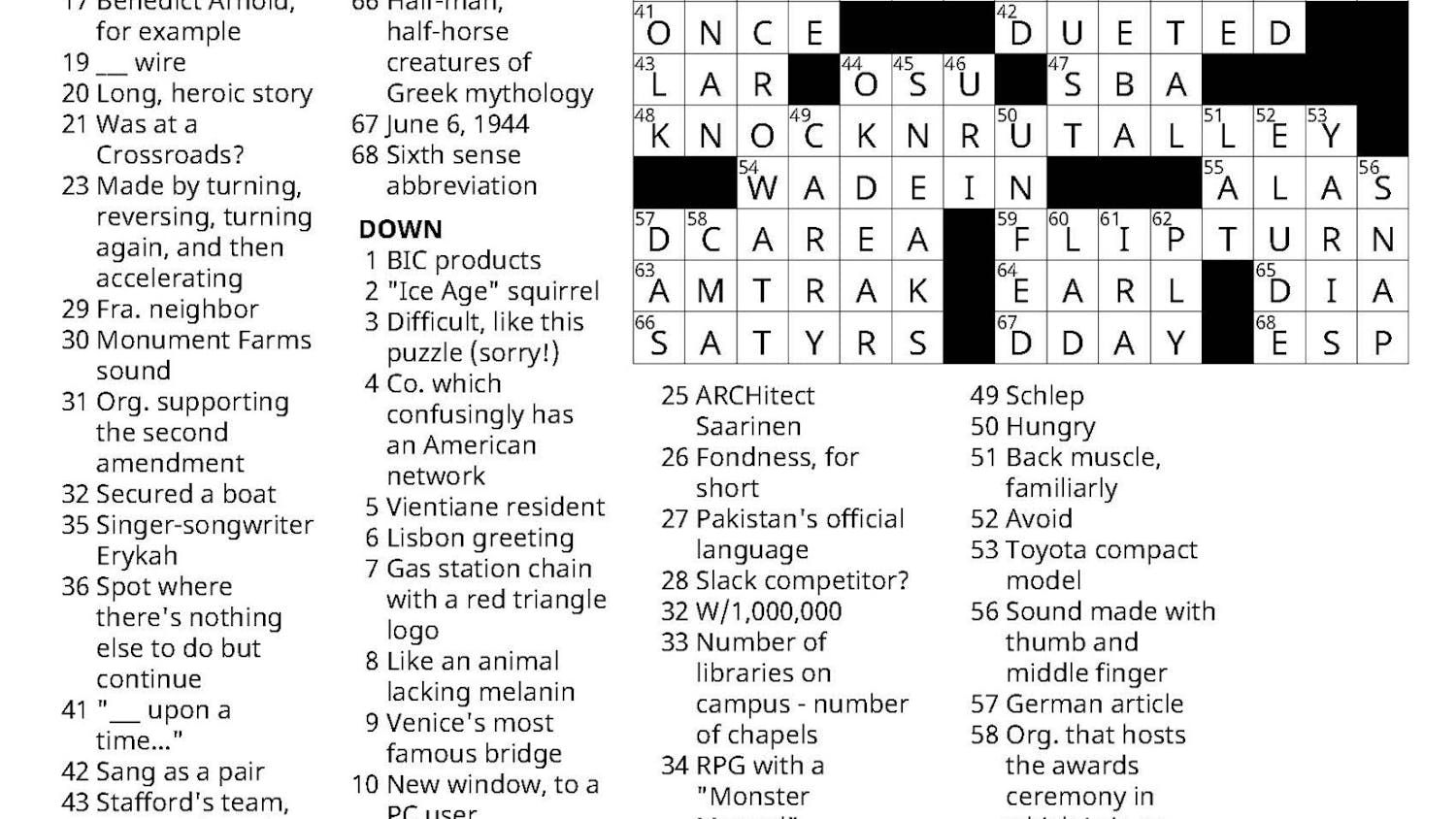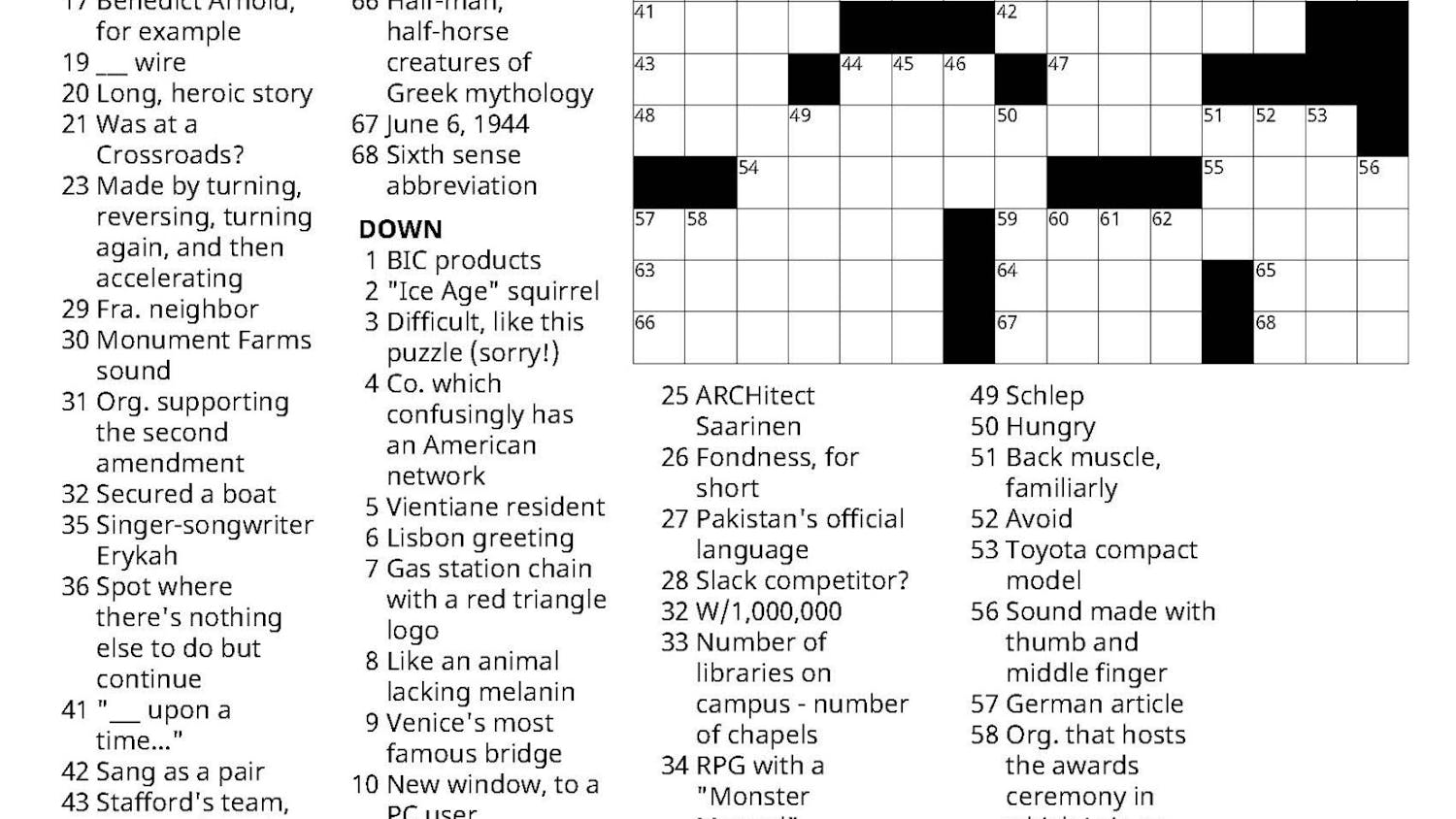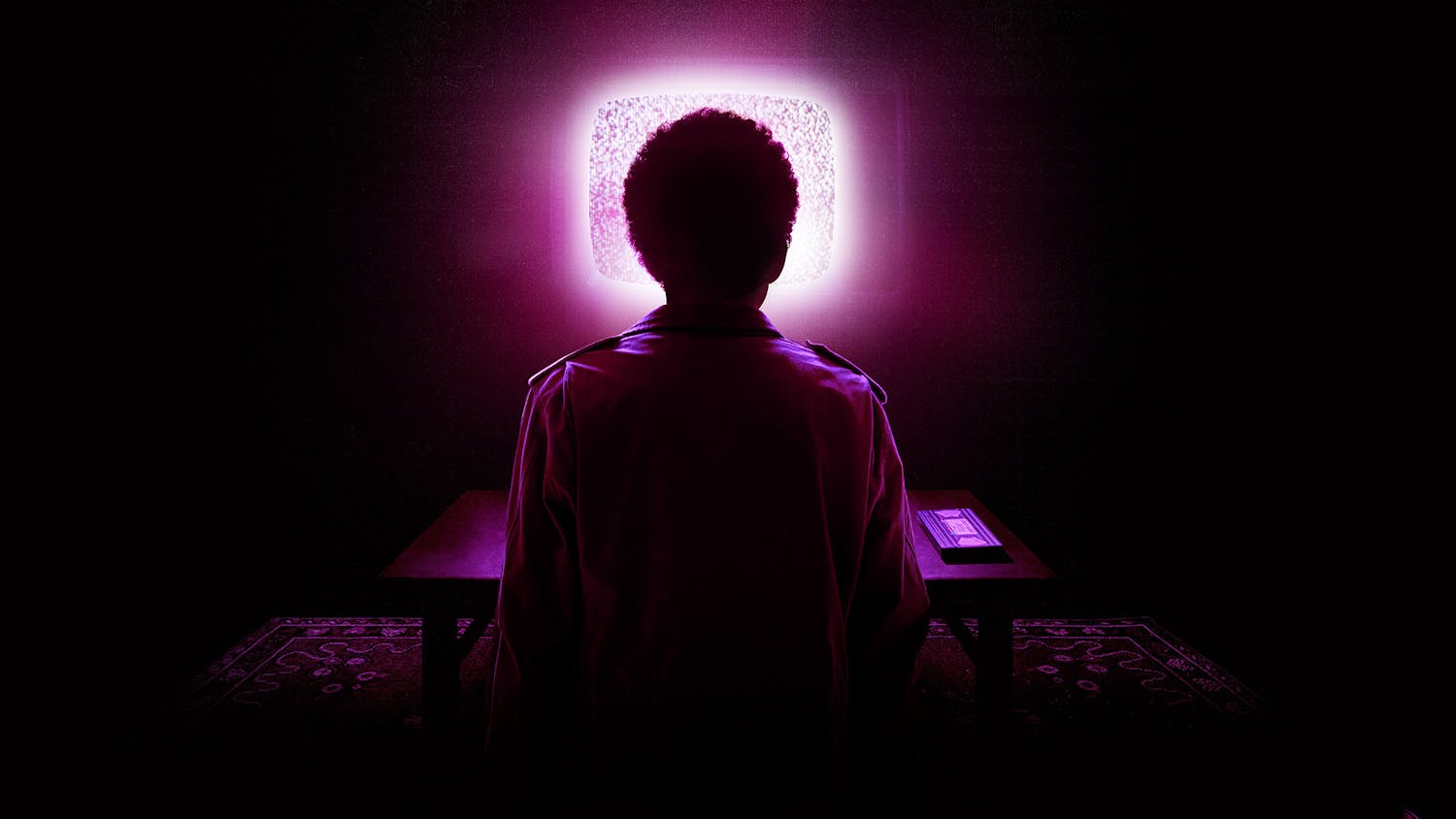Whether you are a Middlebury student, professor or just a passerby, chances are you have seen the West Cemetery. You might know it as the shortcut to the gym, or the place with the mummy. Regardless, it is hard to miss.
What many people have not seen is Middlebury’s other cemetery — a well-hidden treasure tucked into the far side of the knoll, with no markers or tombstones; buried in this graveyard lay hundreds of sacred texts. The texts range from entire prayer books to Genizah scraps.
On Friday, Sept. 28, Rabbi Kevin Hale, a visiting Torah scribe, led Middlebury’s second sacred scroll burial. The proceeding closely resembled a traditional funeral. There were shovels, rabbis, prayers and sentiments. The occasion was described by many as both joyous and sad — a celebration and a letting go. Rabbi Hale regarded this as a natural process, a way to “give life to sacred practices by letting them go with respect” and as a “celebration of a creative process that keeps on going.”
This symbolism extends beyond the Jewish faith. Middlebury’s Muslim Chaplain and Advisor Saifa Hussain spoke of an Islamic tradition in which sacred texts must be returned to the earth by means of burial, burning or submerging the text in a body of water — a beautiful metaphor for respecting the earth and its gifts.
“We give [the texts] back to the earth,” Talia Rasiel ’22 said. “The idea is that you came from dust and you return to dust.”
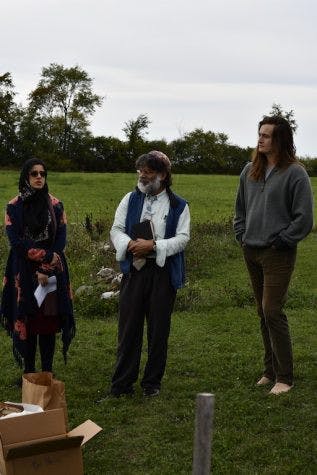
Rabbi Hale performed a Jewish and multifaith ceremony
Throughout the burial, it was easy to forget that the object of the ritual was a series of texts. The way the attendees spoke of the scrolls as living, breathing entities meant to be read, kissed, danced and interacted with made it seem as though the writing truly has a life of its own.
When asked about this sentiment, Rabbi Hale said, “It doesn’t so much suggest idolatry as it does honoring and showing respect and love for the text. When you hold a Torah scroll it feels as though you are holding a baby.”
The multiplicity of religions represented at the burial of these Jewish texts begs the questions: how does this practice relate to other practices and beliefs? Is Middlebury doing enough to organize and welcome beautiful and meaningful events such as this?
“I grew up with a huge respect for all religions,” Evan Killion ’21 said. “They all have something special. I love learning about the different conceptions of god. People here are taking various religion classes that don’t correspond to their own faith because they are genuinely curious — they want to learn more and they have a deep respect.”
Ultimately, the event offered an intriguing glimpse into traditions that surround the end of the lives of sacred texts and reminded us of the myriad ways we reflect on our place on earth.
A Funeral of Sorts: Burial of Sacred Texts Takes Place on The Knoll
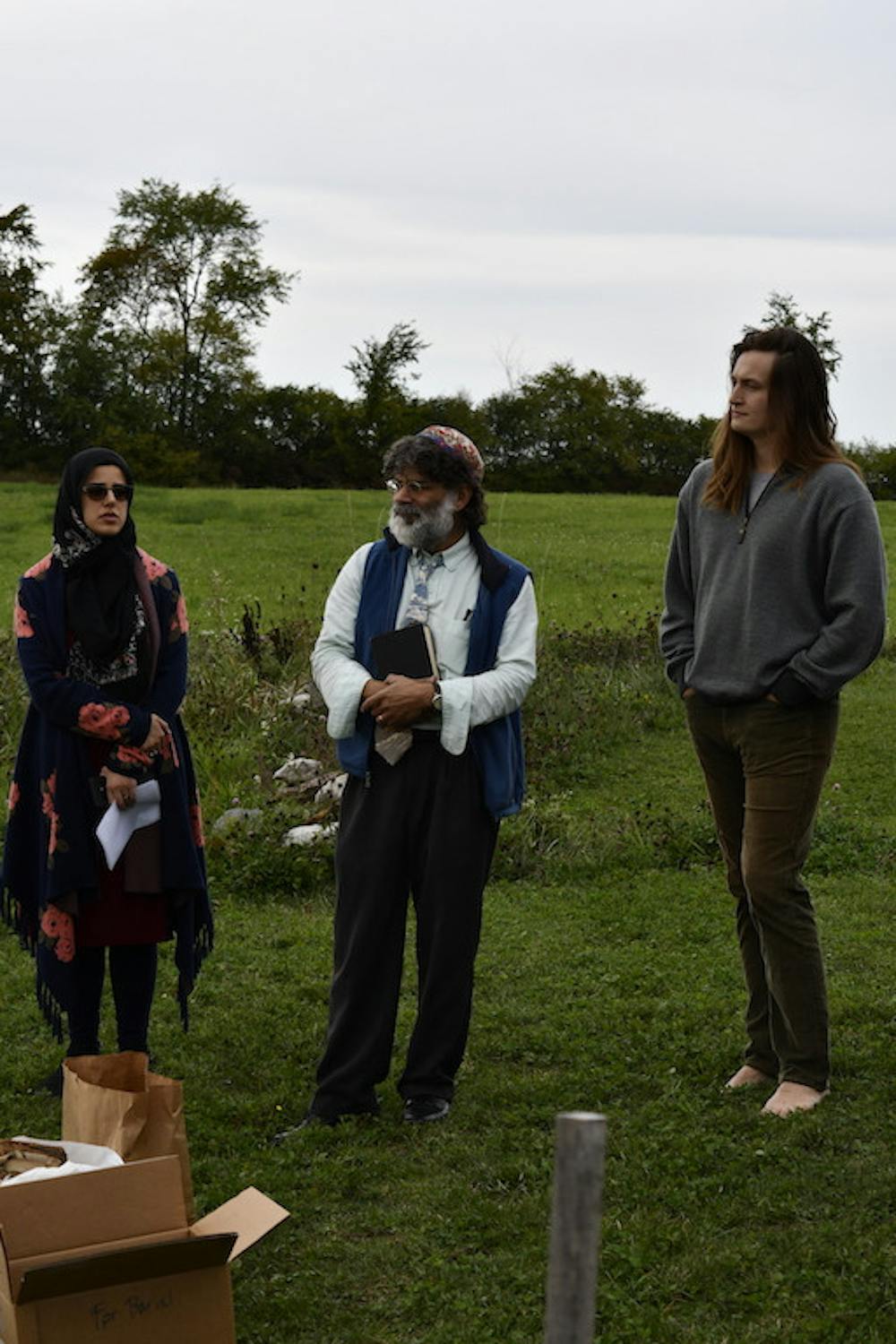
MAX PADILLA/ THE MIDDLEBURY CAMPUS
Students bury hundreds of sacred texts on the Knoll.
Students bury hundreds of sacred texts on the Knoll.
MAX PADILLA/ THE MIDDLEBURY CAMPUS
Comments

